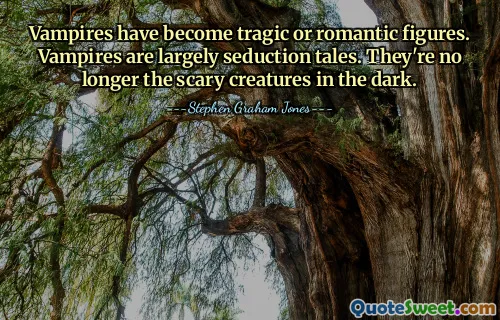The black thing in her brain and the dark water on the page were the same thing, a form of knowledge. This is how myths work. They are things, creatures, stories, inhabiting the mind. They cannot be explained and do not explain; they are neither creeds nor allegories. The black was now in the thin child's head and was part of the way she took in every new thing she encountered.
In Byatt's "Ragnarok", the imagery of a "black thing" in the child's mind symbolizes a deeper understanding of knowledge and experience. This concept is intertwined with the dark water on the page, suggesting that knowledge is both elusive and profound. Myths, as depicted, are not merely stories but rather living entities that shape perception and understanding. They exist within us, influencing how we interpret the world around us.
The presence of the "black" in the child's mind illustrates that every new experience is filtered through preconceived notions and internalized myths. This intertwining of personal experience with myth signifies that knowledge is more than just information; it is a visceral part of one’s consciousness. In this way, the child's encounters with the world are profoundly affected by the myths that inhabit her mind, highlighting the complex nature of understanding and the narratives we carry within ourselves.





